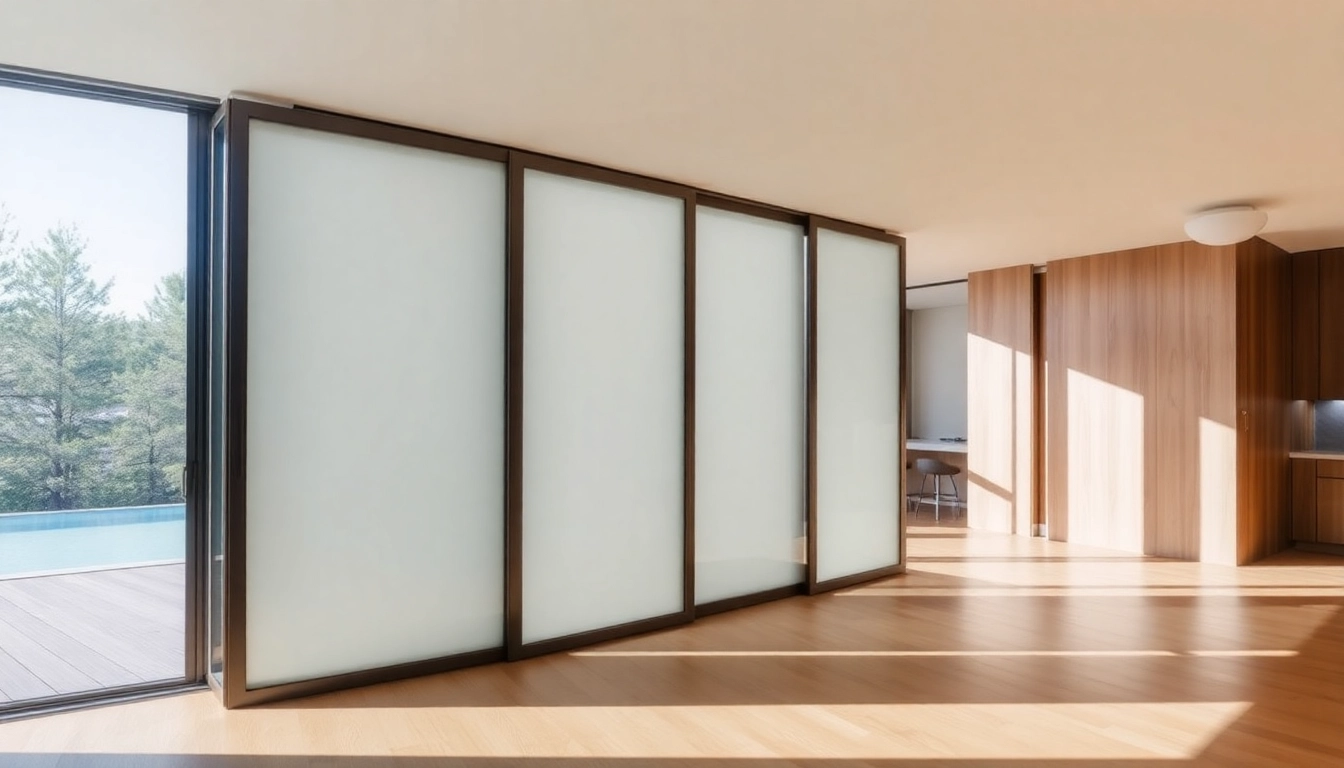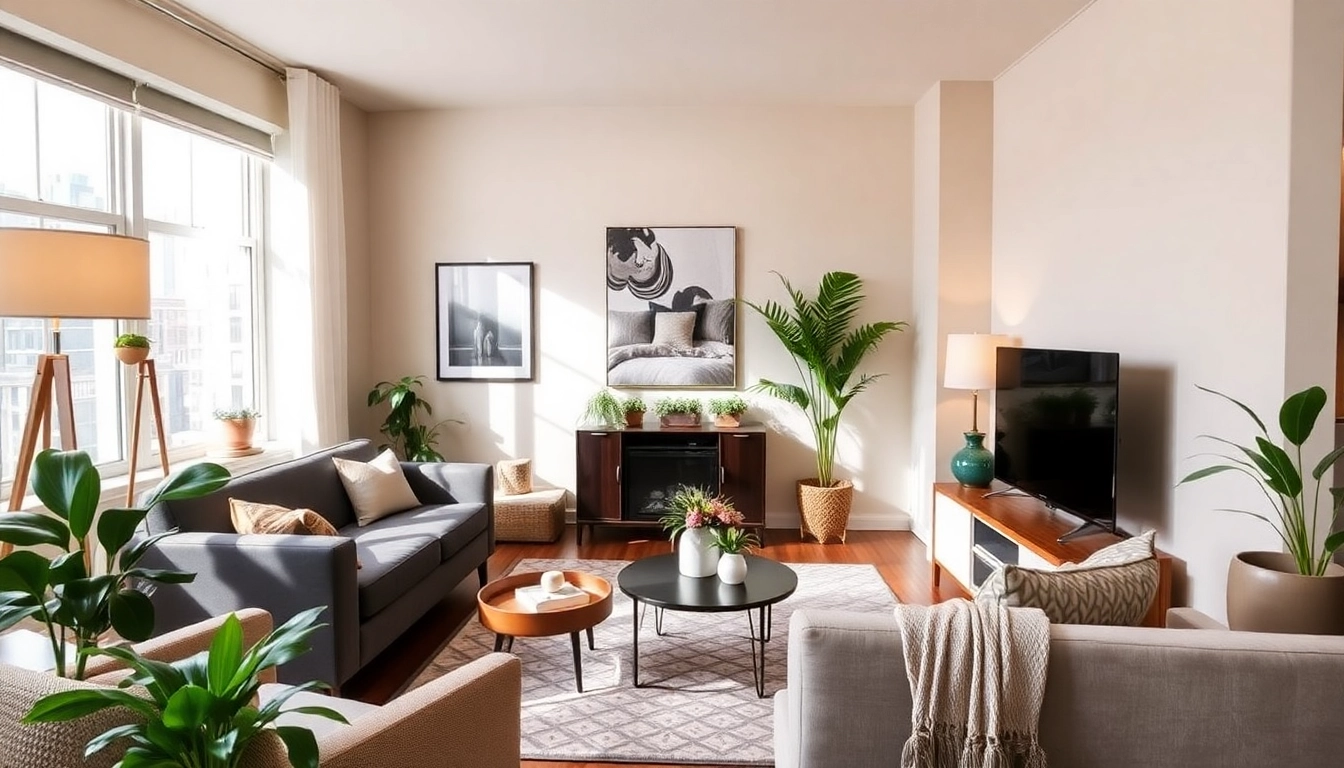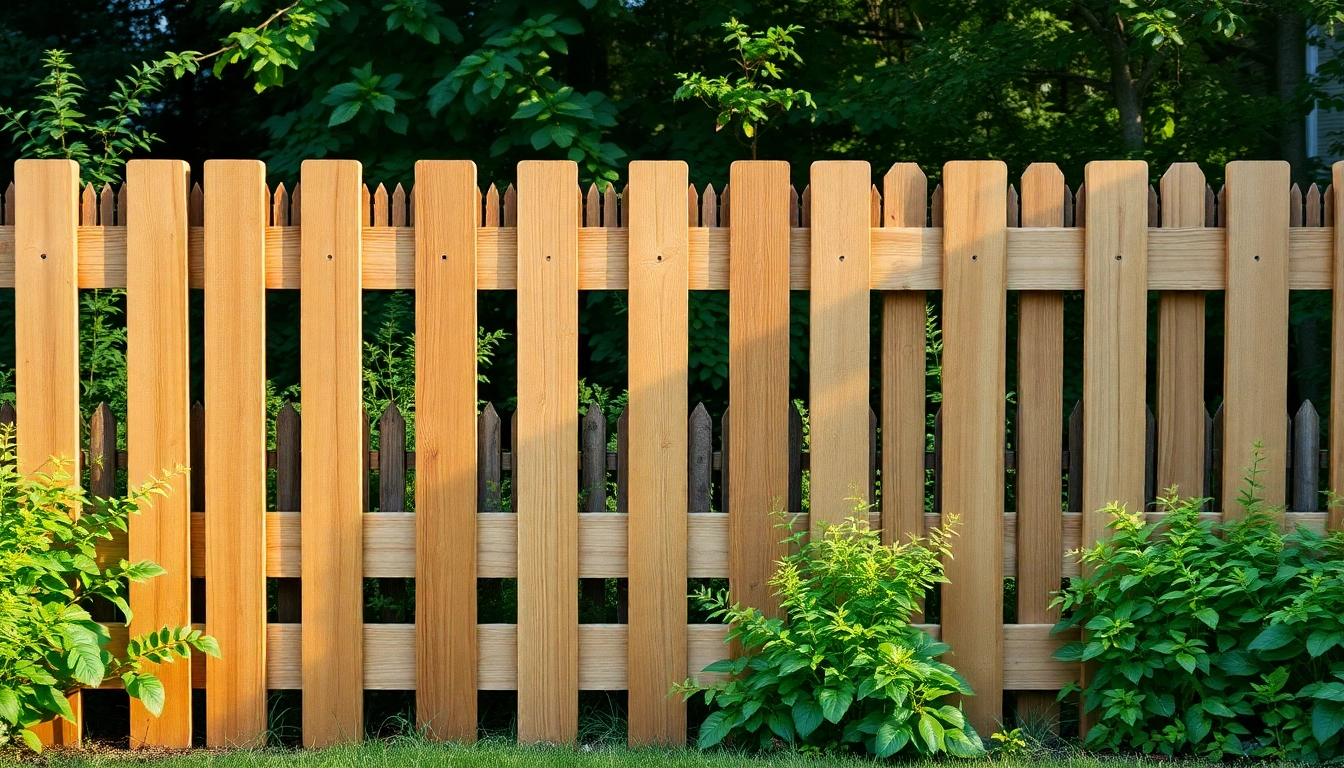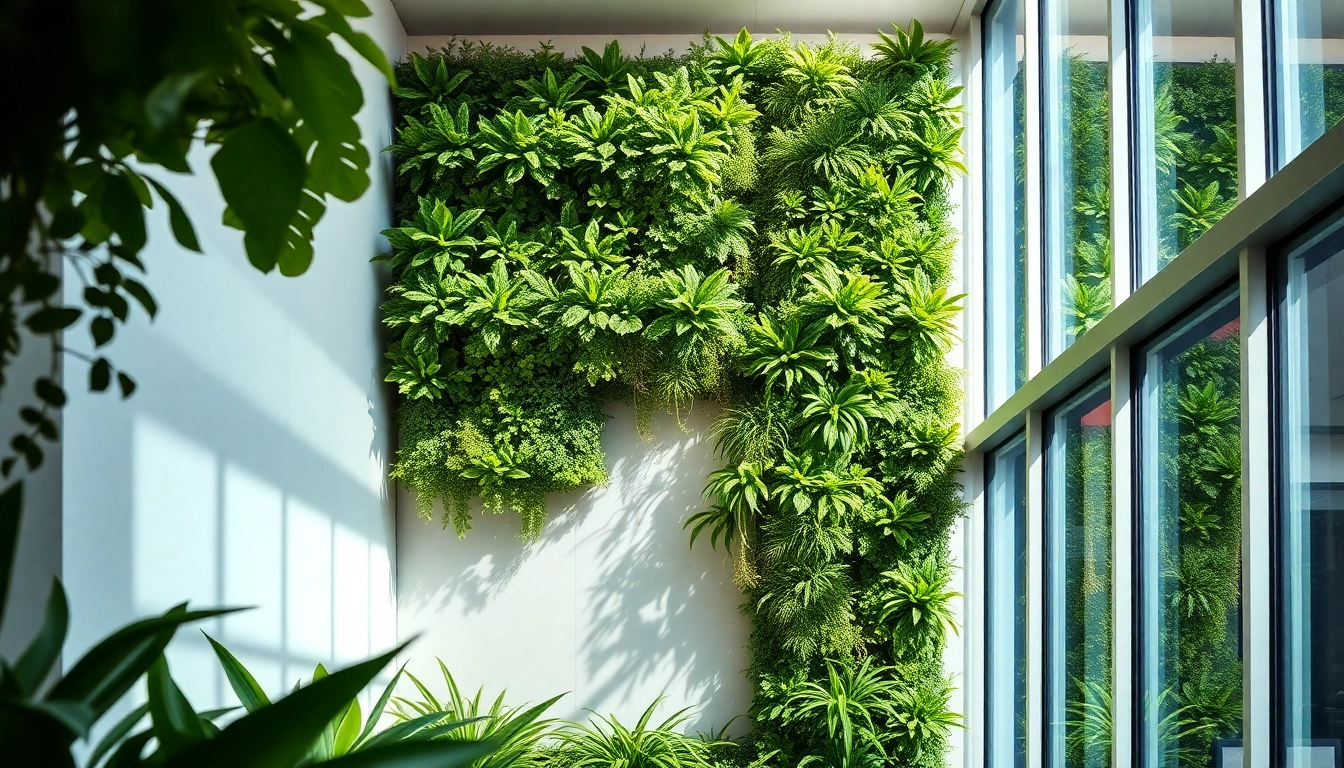Understanding Sliding Partition Walls
What Are Sliding Partition Walls?
Sliding partition walls are versatile structures designed to separate spaces within a room while offering the flexibility to open up areas as needed. Unlike traditional walls, these partitions are movable and can slide along tracks attached either to the ceiling or wall, allowing for customizable room layouts. The key advantage lies in their ability to reconfigure space dynamically, which is perfect for both residential and commercial environments where multifunctionality is essential. For those looking for a practical yet stylish solution, a sliding partition wall can transform how we think about our living and working spaces.
Benefits of Using Sliding Partition Walls
Sliding partition walls provide an array of benefits that can enhance the functionality of a space. Here are some notable advantages:
- Flexibility: They allow for quick adjustments to room layouts, making it easier to adapt to varying needs, whether for entertaining guests or creating private workspaces.
- Space Efficiency: Sliding partitions do not require the same floor space as traditional doors, enabling a seamless flow from one area to another.
- Enhanced Aesthetics: Available in various materials and designs, these partitions can add a modern appeal to any interior while providing functional solutions.
- Cost-Effectiveness: Compared to extensive renovations or new constructions, installing sliding partition walls often proves to be a more budget-friendly option.
- Improved Sound Control: Many sliding walls are designed with sound-dampening properties, enhancing privacy in office environments.
Common Applications in Residential and Commercial Spaces
Sliding partition walls are widely used in various settings, including:
- Residential Homes: In contemporary homes, these walls can divide large open-plan living spaces into more intimate areas, such as separating a dining room from a living area.
- Offices: They are vital in creating dynamic work environments, allowing companies to modify office layouts for meetings, collaborative sessions, or private workspaces as required.
- Event Spaces: Venues can benefit significantly from sliding partitions, which enable them to host different types of events by quickly reconfiguring the space.
- Educational Institutions: Classrooms utilize sliding walls to create versatile learning environments that can accommodate various teaching methods and group sizes.
Types of Sliding Partition Walls
Wall-Mounted vs. Ceiling-Mounted Solutions
When choosing a sliding partition wall, one of the primary considerations is whether to opt for a wall-mounted or ceiling-mounted system. Here’s a breakdown:
- Wall-Mounted Solutions: These partitions are fastened directly to the walls of a room. They generally require less installation effort and are ideal for spaces where ceiling height may not be a concern. However, they can limit the type of partition that can be used in conjunction with existing interior design aspects.
- Ceiling-Mounted Solutions: As the name suggests, these systems hang from the ceiling, allowing for greater vertical clearance. This type is often regarded as the preferred choice for lightweight panels and is particularly valuable in commercial settings where visual appeal and flexibility are paramount.
Materials Used for Sliding Partition Walls
The choice of material for sliding partition walls can greatly affect both appearance and functionality. Common materials include:
- Wood: Offers a classic look, perfect for traditional settings, with customization options available through various finishes and stains.
- Glass: Provides a modern aesthetic and creates a sense of openness, while also allowing natural light to flow between spaces.
- Fabric: Often used in office environments, fabric partitions can reduce noise while also providing a soft texture to a room’s design.
- Metal: Typically used in industrial settings, metal partitions offer durability and are often modular, allowing for rapid reconfiguration.
Custom Designs to Suit Your Space
With the growing demand for personalized spaces, custom sliding partition walls are becoming increasingly popular. These partitions can be tailored to fit unique dimensions, aesthetic preferences, and functional requirements:
- Tailored Sizes: Customization allows for the partitions to be engineered to suit specific room measurements, making full use of the available space.
- Personalized Finishes: Clients can choose from various finishes and colors to match their existing interiors seamlessly.
- Integrated Technology: Some custom designs incorporate technology such as smart systems that can automatically adjust the partitions according to preset configurations.
Choosing the Right Sliding Partition Wall
Factors to Consider Before Purchase
When selecting a sliding partition wall, several critical factors should be taken into account:
- Space Dimensions: Measure the available space accurately to determine the appropriate size and type of partition.
- Functionality: Consider how you intend to use the partition. Will it need to provide privacy, or will it primarily serve as a divider?
- Design Cohesion: Aim for a style that complements your existing décor—this includes choosing the right materials, colors, and finishes.
- Budget: Determine your budget beforehand. While sliding partitions can be a cost-effective solution, prices can vary widely based on materials and customizations.
How to Measure Your Space Correctly
Measuring your space accurately is crucial for ensuring that your sliding partition wall fits perfectly:
1. Measure Height: Start from the floor to the ceiling. For ceiling-mounted options, ensure there’s adequate clearance for the track.
2. Measure Width: Evaluate the width of the area where the partition will be installed, accounting for walls or adjoining features.
3. Determine Swing Space: If applicable, check how far the partition will slide open and any obstructions in its path.
4. Confirm Alignment: Make sure that the surfaces where the track will be mounted are level to prevent complications during installation.
Popular Brands and Their Offerings
Several brands are prominent in the market for sliding partition walls, each offering distinctive features:
- Raydoor: Known for its aesthetically appealing systems that promote both beauty and functionality.
- Versare: Offers affordable alternatives to traditional walls, creating operable walls with a simple setup.
- Modernfold: Focuses on movable walls with superior acoustical control, often ideal for commercial spaces needing privacy.
- Loftwall: Provides ADA-compliant sliding room dividers that prioritize accessibility alongside design.
Installation Process for Sliding Partition Walls
DIY vs. Professional Installation: What to Choose?
Deciding whether to install a sliding partition wall yourself or hire a professional hinges on several factors:
- Skill Level: If you’re handy, DIY installation of simple systems is feasible. However, complex structures may require professional expertise for optimal results.
- Time Constraints: Professional installers can often complete the job more quickly, minimizing disruption to your space.
- Cost Considerations: Weigh the costs of hiring professionals against potential errors in DIY installations that could incur additional expenses.
Step-by-Step Guide to Installing a Sliding Partition Wall
If you decide to embark on a DIY project, follow these guidelines for a successful installation:
- Gather Your Tools: You will need a drill, level, measuring tape, screws, anchors, and the partition wall kit.
- Mark the Track Position: Use a level to ensure the track for the partition wall is straight. Mark the installation points carefully.
- Install the Track: Secure the mounting hardware, ensuring the track is firmly installed at the designated height.
- Assemble the Wall Panels: Depending on your partition design, assemble any required components according to the instructions provided.
- Hang the Panels: Slot the wall panels into the installed track, ensuring smooth movement and proper alignment.
- Test Functionality: Slide the partition back and forth to ensure everything operates smoothly; make any necessary adjustments.
Maintenance Tips for Longevity
To keep your sliding partition walls in optimal condition:
- Regular Cleaning: Dust and debris can accumulate along the track; clean it periodically to maintain smooth operation.
- Inspect Mechanisms: Check the hardware and track regularly for signs of wear, tightening screws as necessary.
- Avoid Overloading: Do not hang heavy items on sliding partitions, as this can lead to misalignment or damage.
- Seek Professional Help: If issues arise, consult with professionals instead of conducting emergency repairs that could worsen the problem.
Enhancing Functionality with Sliding Partition Walls
Integrating Technology with Your Sliding Partition Wall
Modern sliding partition walls can integrate advanced technology to improve usability:
- Smart Automation: Some partitions come with smart mechanisms to open and close automatically, enhancing convenience.
- Integrated Lighting: Incorporating lighting features into sliding partitions can create ambiance while serving as a divider.
- Acoustic Panels: Technology can also improve sound insulation in flexible workspaces, balancing privacy and openness.
Combining Aesthetics and Function
When selecting or designing sliding partition walls, combining aesthetic appeal with practical functionality is paramount:
Consider aspects such as:
- Color Schemes: Choose hues that complement your interior design and enhance the overall environment.
- Texture Variations: Mixing materials like glass, wood, and fabric can add depth and interest to partitions.
- Artwork and Branding: In commercial environments, customizing sliding walls with branding elements can reinforce identity.
Real-Life Examples and Case Studies
Many businesses and homes have successfully implemented sliding partition walls. For instance:
A major tech company revamped their office layout with sliding partition walls to create dynamic spaces for meetings and collaboration, witnessing a marked increase in employee engagement and productivity.
In a contemporary residential setting, homeowners utilized sliding glass walls to separate their living area and bedroom, enhancing privacy without sacrificing light flow.
These examples showcase just how significantly sliding partition walls can enhance both functionality and aesthetics in various environments.



